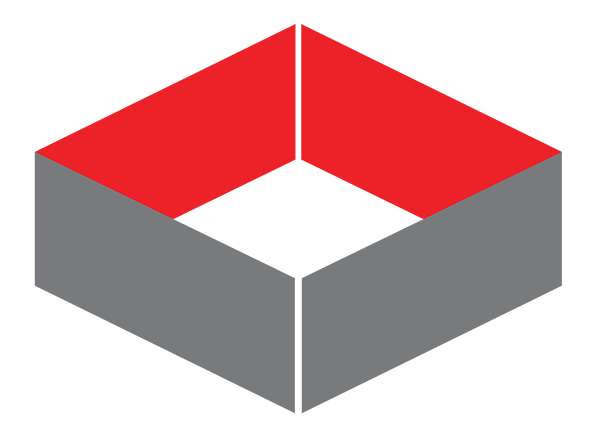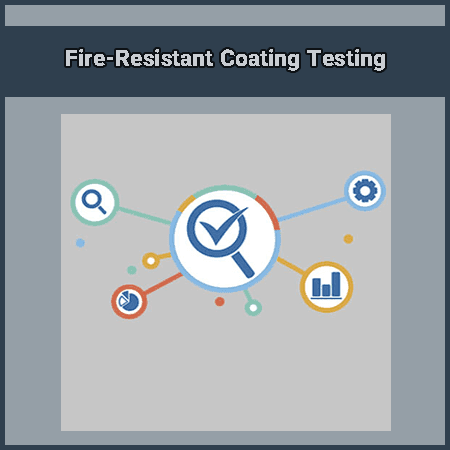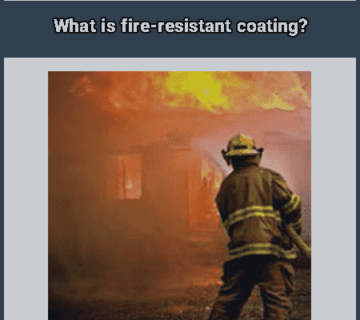Overview of Quality Control in the Production of Fire-Resistant Coating Products
The scientific and engineering regulatory body for building products in Iran is the Road, Housing, and Urban Development Research Center. This center operates under the Ministry of Roads and Urban Development and is responsible for quality control and issuing relevant certifications for all produced products, including fire-resistant coatings, for industries and sectors involved in road and building construction.
In this article, we will examine the testing process for products manufactured by Raman Fidar Sazeh, particularly their fire-resistant coatings marketed under the brand name Protherm Light. All products from Raman Fidar Sazeh, as well as the factory’s laboratory, are supervised by the Road, Housing, and Urban Development Research Center. Furthermore, all personnel involved in quality control and the technical engineering department of the company have completed the necessary specialized training at this center.
Despite this, to ensure the quality of the fire-resistant coating products, the laboratory system and quality control unit of Raman Fidar Sazeh continuously monitor the production process in the materials testing laboratory. This ongoing oversight is aimed at ensuring the consistent final quality of the manufactured products.
What Happens in the Fire-Resistant Coating Testing Laboratory?
The product Protherm Light, which is an asbestos-free fire-resistant coating, will be discussed in this article as one of the exemplary products from Raman Fidar Sazeh.
Procurement and Testing of Raw Materials for Fire-Resistant Coatings:
The most crucial aspect of producing high-quality fire-resistant coatings is selecting premium raw materials. The company’s laboratory conducts initial market studies before procuring raw materials, evaluating the quality and production capacity of suppliers. After selecting a few suppliers, technical data sheets and samples are obtained for verification. Upon receiving the raw materials, additional tests are conducted to ensure they match previous evaluations. These tests include density, mechanical properties, viscosity, acidity, particle size, and moisture content. XRD and XRF tests for purity are outsourced due to their complexity. Once approved by the quality control unit and laboratory at Raman Fidar Sazeh, the raw materials are coded and documented for monitoring throughout the production process.
Product Control in the Production Process of Fire-Resistant Coatings:
During production, the quality control unit is responsible for conducting product tests during each production shift and maintaining complete oversight of the manufacturing process. If any of the tests do not meet the pre-determined quality standards, the quality control unit will issue an order to halt production to address and rectify the potential issue or error.
Once the product bags are arranged on transport pallets, a label is affixed to each pallet containing important information such as the production date, batch number, pallet weight, and coding related to the monitoring and controls performed. All products manufactured by Raman Fidar Sazeh are archived with documentation related to quality control.
Monthly periodic tests based on CE EAD 350140-00-1106 standards are another activity carried out by the quality control unit and laboratory of the Raman Fidar Sazeh production facility.
Types of Tests Conducted in the Raman Fidar Sazeh Factory Laboratory:
The various tests conducted in the fire-resistant coating laboratory at Raman Fidar Sazeh factory include:
- Density Tests: Wet density
- Dry density
- Nozzle exit density
- Molded density
- Adhesion and Cohesion Tests:Testing the adhesion and cohesion of materials to the substrate on different finishes and primers.
- Substrate Corrosion Testing: Evaluating the corrosion resistance of the substrate under the applied coating.
- Durability Testing: Assessing the long-term durability of the coating under various conditions.
- XRD and XRF Analysis: X-ray diffraction (XRD) and X-ray fluorescence (XRF) analyses for material composition and purity.
- pH and Hardness Testing: Measuring the pH levels and hardness of the coating.
- Impact and Pressure Testing: Testing the coating’s resistance to impact and applied pressure.
- Fungal Growth Testing: Assessing the resistance of the coating to fungal growth.
- Compressive and Flexural Strength Testing: Evaluating the compressive and flexural strength of the coating.
- Thermal Resistance Testing: Measuring the coating’s ability to resist high temperatures and protect the underlying structure.
Is quality verification of fire-resistant coating products conducted only in the factory laboratory?
As previously mentioned, the Road, Housing, and Urban Development Research Center currently holds the responsibility for inspecting and supervising these materials. In this context, Raman Fidar Sazeh has signed multiple contracts with this organization regarding the approval and control of the materials produced. According to these contracts, all products of this company, both at the factory and at contracted project sites, are controlled by the Road, Housing, and Urban Development Research Center. Additionally, samples are periodically sent to the center’s laboratory for further analysis.
It is important to note that the production line of Raman Fidar Sazeh is online and monitored by the European company Edilteco in Italy. The company’s quality control system is also periodically supervised by the CE certification organization. These measures at Raman Fidar Sazeh are part of the ongoing verification process for production and quality control systems, ensuring the production of safe and high-quality products.
Furthermore, after project completion, representatives from the fire department visit the project site to conduct various on-site inspections and tests. This ensures both the proper application of fire-resistant coatings and the quality of materials, as well as compliance with the implemented standards.




No comments